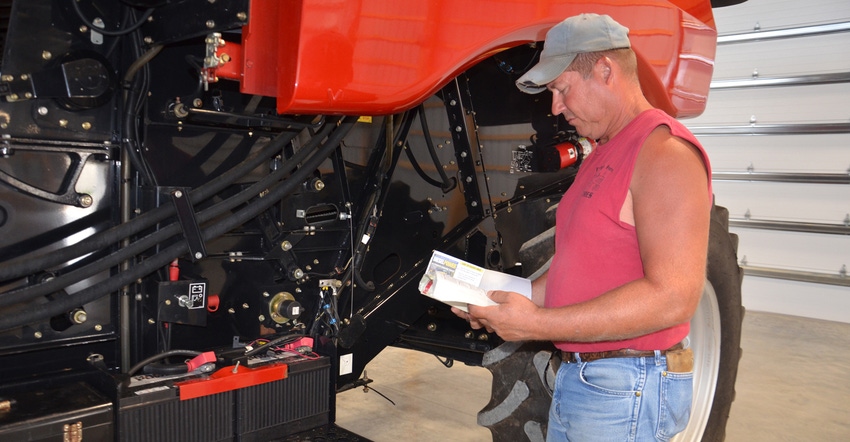
Pete Illingworth’s track record on setting a combine to minimize harvest losses speaks for itself. For two years, he participated in Indiana Prairie Farmer/Purdue University replicated trials to determine if corn harvest losses change based on date of harvest. In 2019 and 2020, Illingworth and Josh Synesael, both farm crew members at the Throckmorton-Purdue Ag Center near Romney, Ind., and other members of the crew harvested corn in a replicated, field-scale trial at three different dates.
The only time field losses were higher than normal was after a strong windstorm around Thanksgiving in 2019.
Related: Date of harvest didn’t affect yield or harvest losses in 2020 study
“Losses were negligible every other time,” notes Bob Nielsen, the Purdue Extension agronomist who helped design the studies and analyzed the data.
“Part of the reason is because the farm crew does such a good job of getting the combine ready and honing settings to minimize losses,” Nielsen says. “They take time to do the best job they can with their machine.”
Beck’s provided two hybrids for the study in 2019 and three hybrids in 2020. The study wasn’t repeated in 2021 because no “invisible field loss” due to harvest date was found either year. Except for the harvest after the windstorm, losses were minimal.
3 guiding principles
Preseason inspection and maintenance will catch a lot of things and prevent downtime later. That’s where Illingworth focuses first when he prepares the combine every season.
“You won’t catch everything, even if you go over it thoroughly,” he says. “Things continue wearing, and there will be repairs during the season. But if you can catch some potential problems and fix them early, you’ll stay running longer.”
Second, when it comes to reducing grain loss and still putting quality grain without excess foreign material in the tank, Illingworth starts with settings recommended in the owner’s manual. His crew operates a Case IH 2010 model 5088 combine with six-row corn head. The machine runs about 650 acres per year.
“The recommended settings for the different parts of the machine are a good place to start,” he says. “But it’s important to know that they’re just guidelines. You may be able to leave less grain or put better quality grain in the tank by tweaking one or more adjustments.”
That leads to his third and most important guiding principle. “You’ve got to know how good a job you’re doing,” Illingworth says. “If there are two of us, typically Josh makes the first pass or two while I spend time looking for beans or kernels left behind. If it’s just me, I will run a bit, then stop and get out and look behind the machine.
“True, we don’t have a huge acreage to run. But it doesn’t take that long to tell if there are more kernels than you like coming out the back of the machine, or if there is too much foreign material in the grain tank. Once you see performance, you can begin dialing in settings even better.”
For more details about how Illingworth makes adjustments, read Adjust combine to minimize harvest losses.
About the Author(s)
You May Also Like




